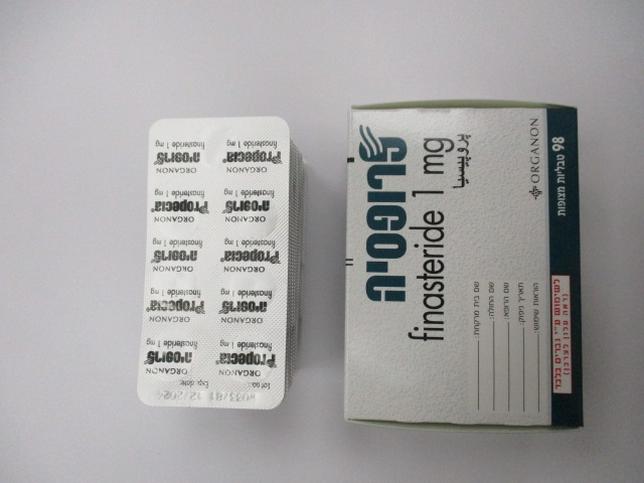Quest for the right Drug

פרופסיה PROPECIA (FINASTERIDE)
תרופה במרשם
תרופה בסל
נרקוטיקה
ציטוטוקסיקה
צורת מתן:
פומי : PER OS
צורת מינון:
טבליות מצופות פילם : FILM COATED TABLETS
עלון לרופא
מינוניםPosology התוויות
Indications תופעות לוואי
Adverse reactions התוויות נגד
Contraindications אינטראקציות
Interactions מינון יתר
Overdose הריון/הנקה
Pregnancy & Lactation אוכלוסיות מיוחדות
Special populations תכונות פרמקולוגיות
Pharmacological properties מידע רוקחי
Pharmaceutical particulars אזהרת שימוש
Special Warning עלון לרופא
Physicians Leaflet
Pregnancy & Lactation : הריון/הנקה
4.6 Fertility, pregnancy and lactation Pregnancy PROPECIA is contra-indicated for use in women due to the risk in pregnancy. Because of the ability of type II 5-reductase inhibitors to inhibit conversion of testosterone to dihydrotestosterone (DHT) in some tissues, these drugs, including finasteride, may cause abnormalities of the external genitalia of a male foetus when administered to a pregnant woman. Exposure to finasteride: risk to male foetus A small amount of finasteride, less than 0.001% of the 1 mg dose per ejaculation, has been detected in the seminal fluid of men taking ‘Propecia’. Studies in Rhesus monkeys have indicated that this amount is unlikely to constitute a risk to the developing male foetus (see Section 5.3). During continual collection of adverse experiences, post-marketing reports of exposure to finasteride during pregnancy via semen of men taking 1 mg or higher doses have been received for eight live male births, and one retrospectively-reported case concerned an infant with simple hypospadias. Causality cannot be assessed on the basis of this single retrospective report and hypospadias is a relatively common congenital anomaly with an incidence ranging from 0.8 to 8 per 1000 live male births. In addition, a further nine live male births occurred during clinical trials following exposure to finasteride via semen, during pregnancy, and no congenital anomalies have been reported. Breast-feeding It is not known whether finasteride is excreted in human milk. Fertility Long-term data on fertility in humans are lacking, and specific studies in subfertile men have not been conducted. The male patients who were planning to father a child were initially excluded from clinical trials. Although, animal studies did not show relevant negative effects on fertility, spontaneous reports of infertility and /or poor seminal quality were received post-marketing. In some of these reports, patients had other risk factors that might have contributed to infertility. Normalisation or improvement of seminal quality has been reported after discontinuation of finasteride.

מסגרת הכללה בסל
התוויות הכלולות במסגרת הסל
| התוויה | תאריך הכללה | תחום קליני | Class Effect | מצב מחלה |
|---|---|---|---|---|
| לטיפול בהגדלה שפירה של הערמונית. | אורולוגיה | DUTASTERIDE, FINASTERIDE | BPH |
שימוש לפי פנקס קופ''ח כללית 1994
לא צוין
תאריך הכללה מקורי בסל
לא צוין
הגבלות
לא צוין
מידע נוסף
עלון מידע לצרכן
12.01.21 - עלון לצרכן אנגלית 12.01.21 - עלון לצרכן עברית 12.01.21 - עלון לצרכן ערבית 09.03.24 - עלון לצרכן עברית 03.04.24 - עלון לצרכן אנגלית 03.04.24 - עלון לצרכן ערבית 24.06.12 - החמרה לעלון 26.05.13 - החמרה לעלון 07.04.14 - החמרה לעלון 19.08.20 - החמרה לעלון 20.03.24 - החמרה לעלוןלתרופה במאגר משרד הבריאות
פרופסיה